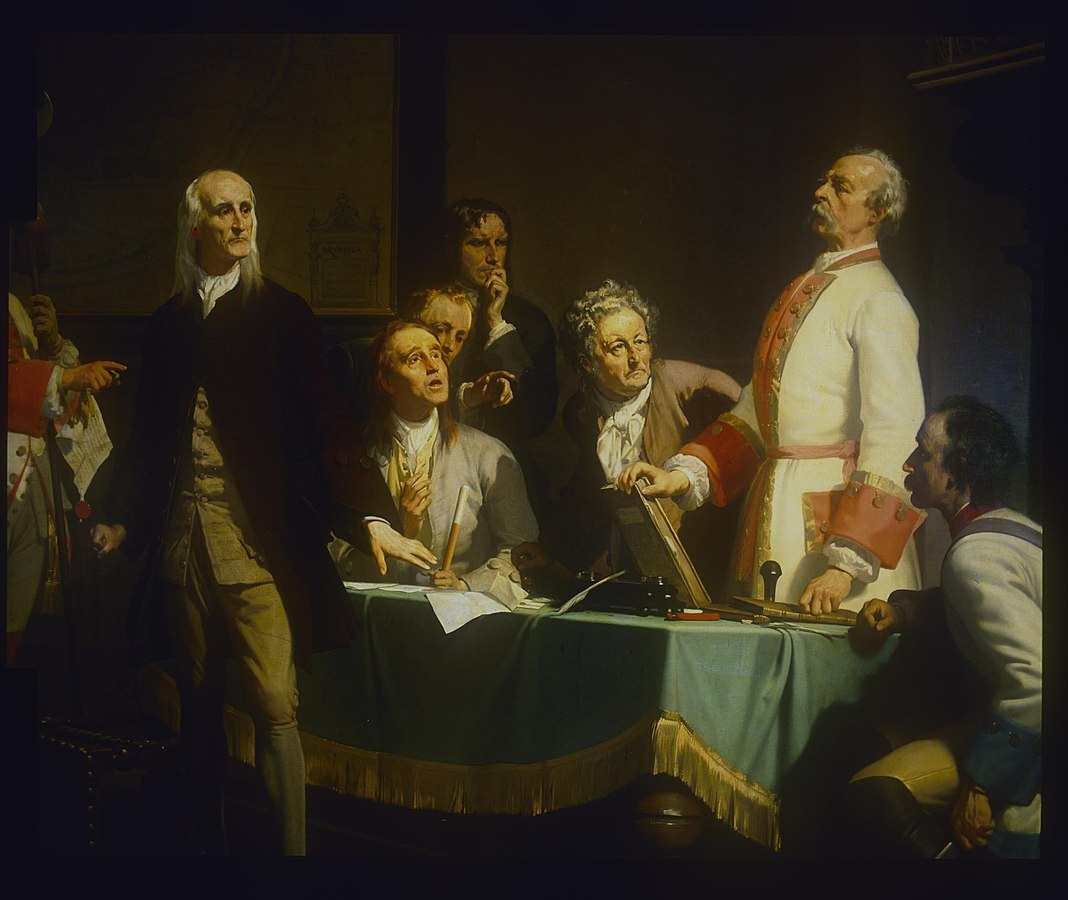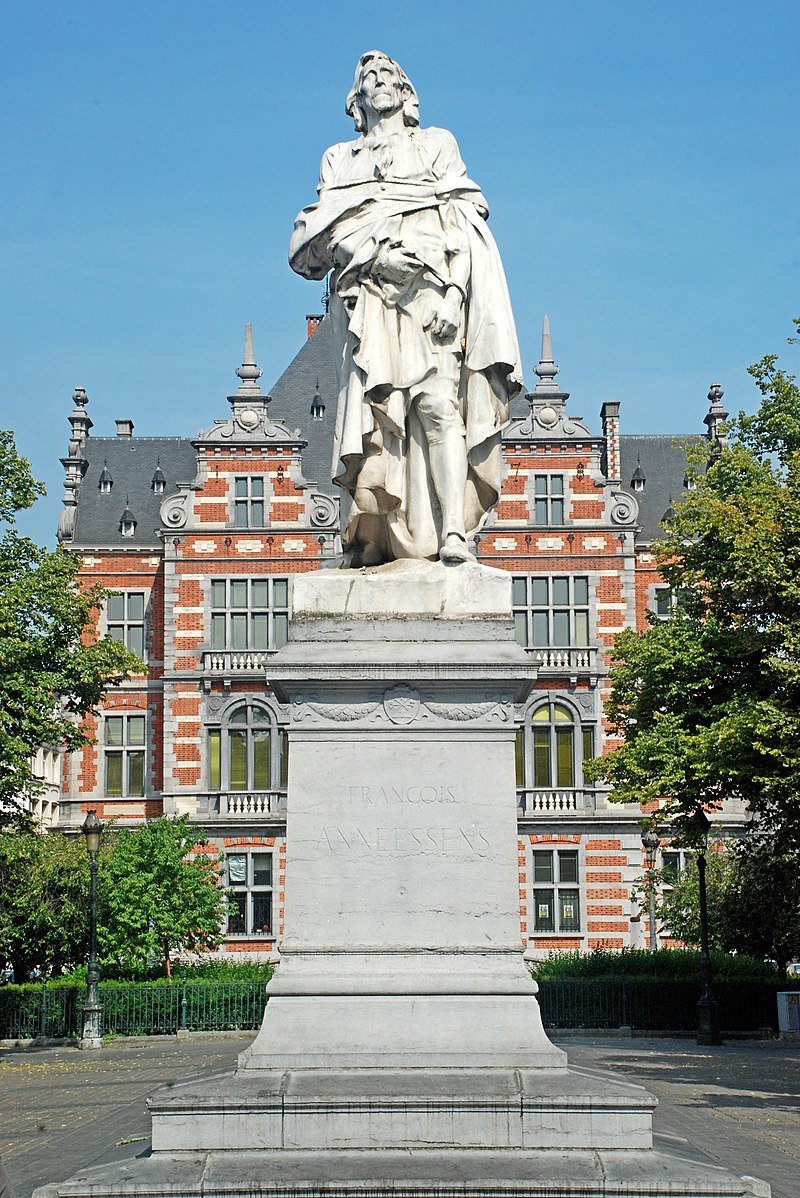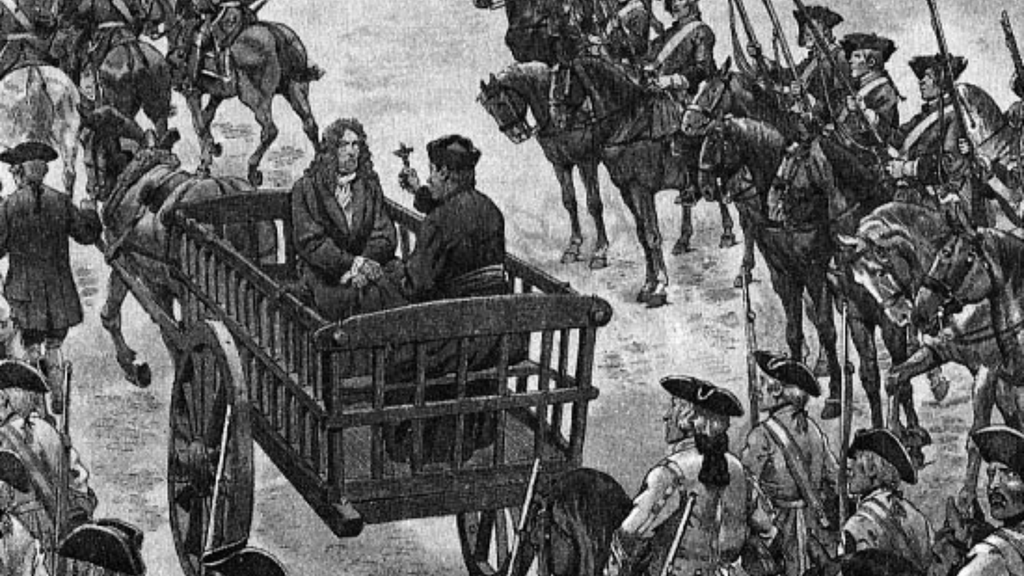On this day, 19 September 1719, guild dean Frans Anneessens (also known as François Anneessens) was executed for inciting an uprising against the new Habsburg rule in Brussels. Today a statue of the guild dean still stands in tribute to his sacrifice in Place Anneessens.
Born in 1660, Frans Anneesens became the dean of a guild (either of construction workers, shale cutters or stonemasons, according to different sources). Among other things, guild deans voted on taxes. The position was prestigious and Anneesens became well known in the Brussels community.
With the Peace of Utrecht in 1713, several Belgian regions including Brussels passed from Spanish control to the Holy Roman Empire under Austrian Habsburg Emperor Charles VI. Though at the beginning Brussels was able to operate semi-autonomously, in 1716 Charles VI appointed the Marquis of Prié as the powerful minister plenipotentiary of the region.
Arrested on charged of inciting an uprising
The Marquis began to interfere with local politics by introducing reforms that took power away from the guilds and imposed additional taxes on the people.
As one might imagine, the deans of the guilds, including Anneessens, were not pleased and ardently opposed these changes. The story goes, however, that Anneessens preached a non-violent opposition to the Marquis.

The arrest of Frans Anneessens by Joseph Van Severdonck.
However, the people in Brussels, who were also unhappy about the higher taxes, rose up against the measures in 1717 in a full-on revolt.
Days of chaos, looting and violence followed, and the highest law court of the time, the Council of Brabant, was destroyed. Five guild deans, including Anneessens, were arrested on charged of inciting the uprising. They were imprisoned for six months, before being sentenced to death. His execution was almost immediate, in all likelihood to prevent further unrest.
On the morning of 19 September, 1719, Anneessens was brought to Brussels' Grand Place on an executioner's cart, and beheaded on the scaffold. The people of Belgium immediately martyrised Anneessens, even going as far as collecting his blood and mixing it with sand to sell as a relic. He was buried in the Chapel Church in the Marolles rather than in a criminal's corner of the cemetery.
A special sculpture model
It wasn't until the second half of the nineteenth century that the city of Brussels commissioned artist Thomas Vincotte to sculpt a statue in Anneessens honour.
Vincotte chose a street vendor named Bernardin Braeckman, who sold boiled eggs, nuts and crabs, to stand as a model for the sculpture. The story goes that Braeckman took the job so seriously that he believed himself to be the real Frans Anneessens for the rest of his life.

Frans Anneessens statue in Place Anneessens. Credit: EmDee via Wikimedia Commons
The statue, which still stands in Place Anneessens, was inaugurated in 1889 in Joseph Lebeauplein which was then renamed Place Anneessens.
The statue reads, "The grateful people venerate him as a martyr."
"Today in History" is a historical series brought to you by The Brussels Times, aiming to take you on a trip down memory lane for newcomers and Belgians alike, written and compiled by Ugo Realfonzo, Maïthé Chini and Margherita Bassi.

